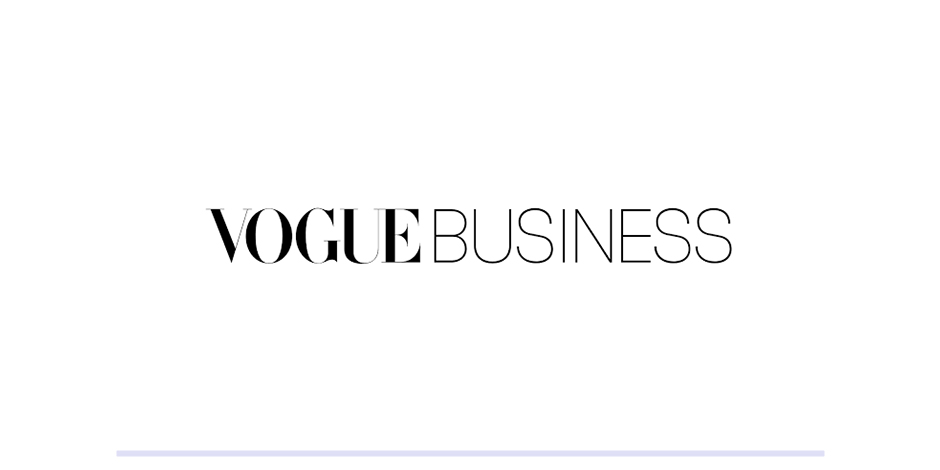PVH chief supply chain officer Sarah Clarke announced the company would be closing down its operations in the Hawassa Industrial Park, a major manufacturing plant run for over five years and the first of its kind in Ethiopia, where PVH employed a significant share of the site's 30,000-person workforce as of last week.
Due to the “speed and volatility of the escalating situation” surrounding the national emergency in Ethiopia, PVH said that it had given up on its attempts to transition the park over to a third-party supplier and it was arranging transport for their foreign-national employees to leave the country. As part of a statement to Vogue Business, a spokesperson for PVH said that “they were proud of the work they had done there,” echoing the sentimentality expressed by Clarke, who recognised the park’s performance in “creating pathways to opportunity and choices for women”.
PVH’s pullout from Ethiopia comes within days of a 2021 McKinsey report that shows Ethiopia dropping sharply out of favour among major apparel purchasing officers. In 2019, the country was among the top five nations where brands said they were considering expanding their manufacturing, according to an earlier McKinsey report that surveyed 64 brands. This year, only two purchasing officers of the 38 surveyed — who altogether account for roughly $100 billion in sourcing volume — would consider it within their top three choices for expansion, as detailed in additional McKinsey research reviewed by Vogue Business.
...Apparel imports from Ethiopia to the US continued to demonstrate this volatility long after pandemic restrictions eased, with significantly deeper changes, month-to-month, including during the shipping crisis in the Suez Canal, according to UN Comtrade data reviewed by Vogue Business. Jim Shea, chief customer officer at First Insight, a voice-of-customer predictive analytics firm, points to the demand volatility as being related to a bullwhip effect, where increasing swings in inventory occur in response to shifts in consumer demand as one moves up the supply chain in apparel sourcing: “That has been accentuated on the supply side by the factory shutdowns due to Covid. The amplitude of the whiplash is greater because of the long distances between the supply and the demand. Onshoring brings the supply closer to the demand signal for faster, more efficient response to changing consumer preferences.”
...As Shea points out: “A key learning is that the lowest labour and material cost option isn’t always the best option.” Informed by his research for First Insight, Shea maintains that Gen Z value sustainability and fair work practices, and are willing to pay more for brands that align with their personal beliefs. From this principle, he says that onshoring is a trend that will continue to grow. “Retail needs to take this pandemic as an opportunity to change and to learn to do things differently.”














